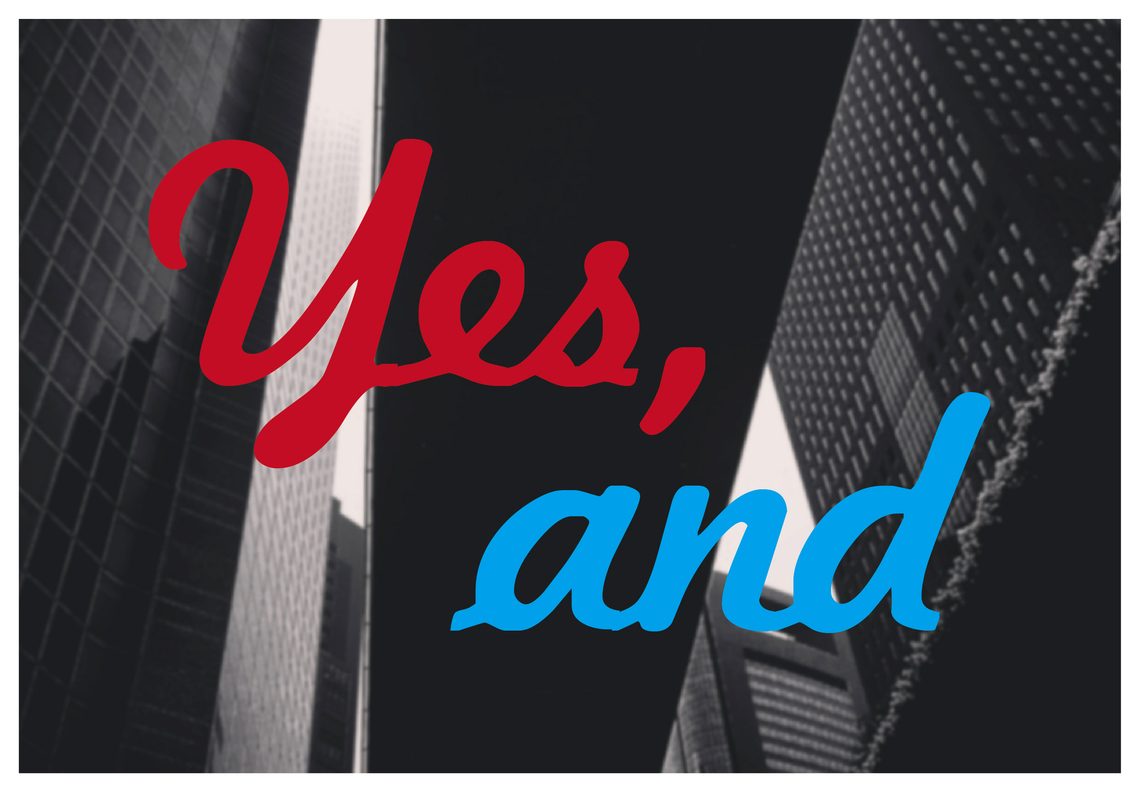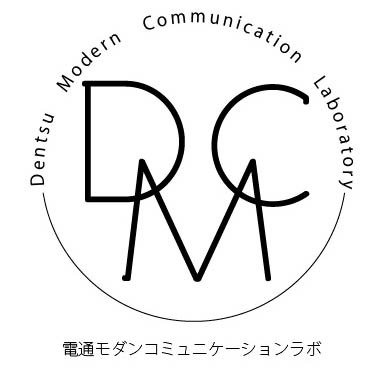Traditional business school skills alone are no longer sufficient for modern management.
Second City's renowned improvisational comedy is akin to Japanese comedy's ad-lib skits or freestyle talk.
Second City has developed a training program called "Yes, and" that applies this technique—creating laughter continuously based on the audience's reactions in the theater—to business.
The growing focus on "improvisation" in the business world likely stems from the rapid pace of environmental change driven by globalization and technological evolution.
Simply relying on skills learned in traditional business schools is no longer sufficient for managing modern business.
Consequently, the outputs demanded of each of us in business settings are also changing.
For example, this book touches on the qualities Google seeks in its hiring process.
These include "the ability to work flexibly," "the willingness to relinquish power," "creating opportunities for others to contribute," and "the capacity to learn from failure."
And these qualities can be acquired by learning improvisational skills.
Applying Improvisational Comedy to Business
This book explains seven methods for applying improvisational comedy skills to business:
1. Yes, and:
The skill of not rejecting someone's idea with a "no," but instead affirming it and then always adding a subsequent idea. This is the very foundation of all improvisational skills.
For example, in comedy:
Wow! I've never seen a sky with so many stars before!
the next person might respond with
Yeah, the view from the moon really is different, huh?
(p.55)
This technique allows you to arrive at unexpected ideas that no one initially thought of.
2. Ensemble:
Prioritizing team goals over individual ones and applying the skill of becoming a star by excelling within the team ensemble to business.
3. Co-creation:
Applying the skill of developing stories through dialogue with an audience to business contexts where co-creation is most essential, such as content and product development, marketing, and promotion.
4. Authenticity:
Applying the skill of comedy—turning "speaking truth to power" into laughter—to business. Clearly revealing current problems to the team without falsifying them, while generating the next move.
5. Failure:
The greatest threat to creativity is the fear of failure. Without overcoming this, true challenge is impossible. Therefore, assigning purpose to failure is crucial. In comedy, failure is commonplace. Moreover, there exists the skill to transform failure into the next laugh. Apply this to business.
6. Follow the Follower:
Recognize that anyone within the team can take leadership. Success is achieved when knowledge workers, each contributing their unique expertise, take charge of the team at the necessary moments.
7. Listening:
Instead of dwelling on the past or rushing toward the future, listen to what is happening in the present. All practitioners of improvisational comedy are excellent "listeners." They listen not to seize an opportunity to interject their own opinion, but to understand the other person, thereby connecting to the next creative moment.
These seven points help you understand the "improvisation" techniques applicable to real business.
"Creating something from nothing" is now expected
Today, regardless of our agency job titles, we're expected not only to handle traditional strategy planning and problem-solving but also to "create something from nothing."
Moreover, we are required to communicate more efficiently and generate ideas quickly.
In such an environment, simply taking client requests back to the office, building a plan, and presenting it may no longer meet expectations.
Around me, too, there are increasing situations where a style is required where we go directly to the client, or even to the client's customers, and work together on the spot to find the next path forward.
"Creating something from nothing"
If we aim to meet this demand, the improvisational comedy skills covered in this book may hold some valuable insights.





